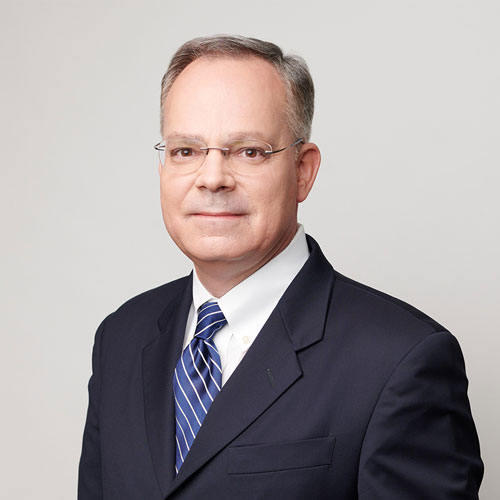SUPREME COURT HEARS ARGUMENT IN BILSKI CASE
The courtroom at the U.S. Supreme Court was overflowing with patent attorneys, many having waited in line for more than three hours to get in. Following today’s oral argument in Bilski v. Kappos, one thing seems certain – Mr. Bilski is not likely to get a patent on his method of hedging consumption risk. Originally filed in 1997, the patent application had been rejected by the U.S. Patent and Trademark Office (PTO), a decision that was affirmed in 2008 by the U.S. Court of Appeals for the Federal Circuit. In affirming the decision, the Federal Circuit ruled that a process is not patentable unless it is either tied to a particular machine or transforms something tangible. Bilski’s claims did not meet either prong of this “machine or transformation” test.
The afternoon argument, which began promptly at 1:00 pm, evoked numerous questions from the Court. None of the Justices seemed sympathetic to Bilski’s case. Several of the Justices pressed Bilski’s counsel to explain why a method of conducting business is the type of invention that was intended to be covered under the patent laws. The Justices struggled, however, with whether the Federal Circuit’s “machine or transformation” test was the appropriate test for process patents, and prodded both sides to propose alternatives.
Justice Scalia asked why the “useful arts” mentioned in the U.S. Constitution didn’t indicate an intention to limit inventions to manufacturing arts involving workers. Justice Ginsberg asked why, in view of Europe’s prohibition on patenting business methods, the United States should not adopt a similar rule. Justice Breyer asked whether the framers of the Constitution would have intended to force competitors to search for and avoid patents covering methods of doing business, and asked whether he could have patented his method of teaching antitrust law. (Bilski’s response: Yes, if it was new and not obvious). Justice Sotomayor seemed concerned that the “machine or transformation” test was too rigid and might foreclose patenting future areas of technology.
Chief Justice Roberts pressed Bilski’s counsel several times to explain why his three-step method involving “initiating transactions” among various parties was not merely an unpatentable abstract idea, and debated with Bilski’s counsel whether any of the steps involved physical steps. At one point, Chief Justice Roberts challenged Bilski’s counsel to explain why picking up the phone and calling somebody to sell a commodity involved anything “physical.” Justice Scalia asked why, if the framers of the Constitution intended to cover business methods, hadn’t inventors patented methods of training horses back in the early days of the country.
Bilski’s attorney argued that the test for patentability should focus on whether there was a practical application of a useful result, a test that was met by Bilski’s claims. He also argued that by enacting Section 273 of the patent statute, which provides a defense for infringement of “business method” patents, Congress clearly intended for business method inventions to be covered under the patent laws. The Justices seemed concerned that Bilski’s proposed test was overly broad.
After-Effects of State Street Bank
Several of the Justices asked whether the State Street Bank case – thought by some to have given rise to “business method” patents after it was decided in 1998 – would have reached the same outcome today under the Federal Circuit’s “machine or transformation” test. Malcolm Stewart, arguing on behalf of the PTO, said that it would, given that State Street Bank involved only a claim to a machine, not any process claims, so the “machine or transformation” test would not be applicable. Some of the Justices seemed puzzled by this distinction, and pressed Stewart to explain why the test would not apply. It is unclear whether their concerns were adequately addressed.
Wrong Case for Supreme Court?
Justice Alito asked whether the Supreme Court should have agreed to hear the case at all, given that it could have been decided on the narrower grounds that Bilski was claiming an abstract idea. Mr. Stewart, arguing on behalf of the PTO, responded that the PTO wanted to win on the primary ground advanced – the “machine or transformation” test. He also defended that test as leaving some flexibility for future decisions. Deciding the case on the alternate ground would leave a hole in the law, he said, creating uncertainty for the PTO and patent applicants. The Supreme Court has not issued a decision on this issue for nearly 30 years.
Conclusion
In the end, the Supreme Court may adopt a variant of the Federal Circuit’s “machine or transformation” test that leaves open the possibility for patenting future forms of technology that would not satisfy the current Federal Circuit test. Or, as suggested by some of the Justices, it is possible the Court might affirm the decision on the alternative ground that Bilski’s process claims are a mere “abstract idea” and, therefore, precluded under existing Supreme Court precedent. What seems unlikely is that Bilski will end up with a patent on his method of hedging consumption risk.
Posted: November 9, 2009


